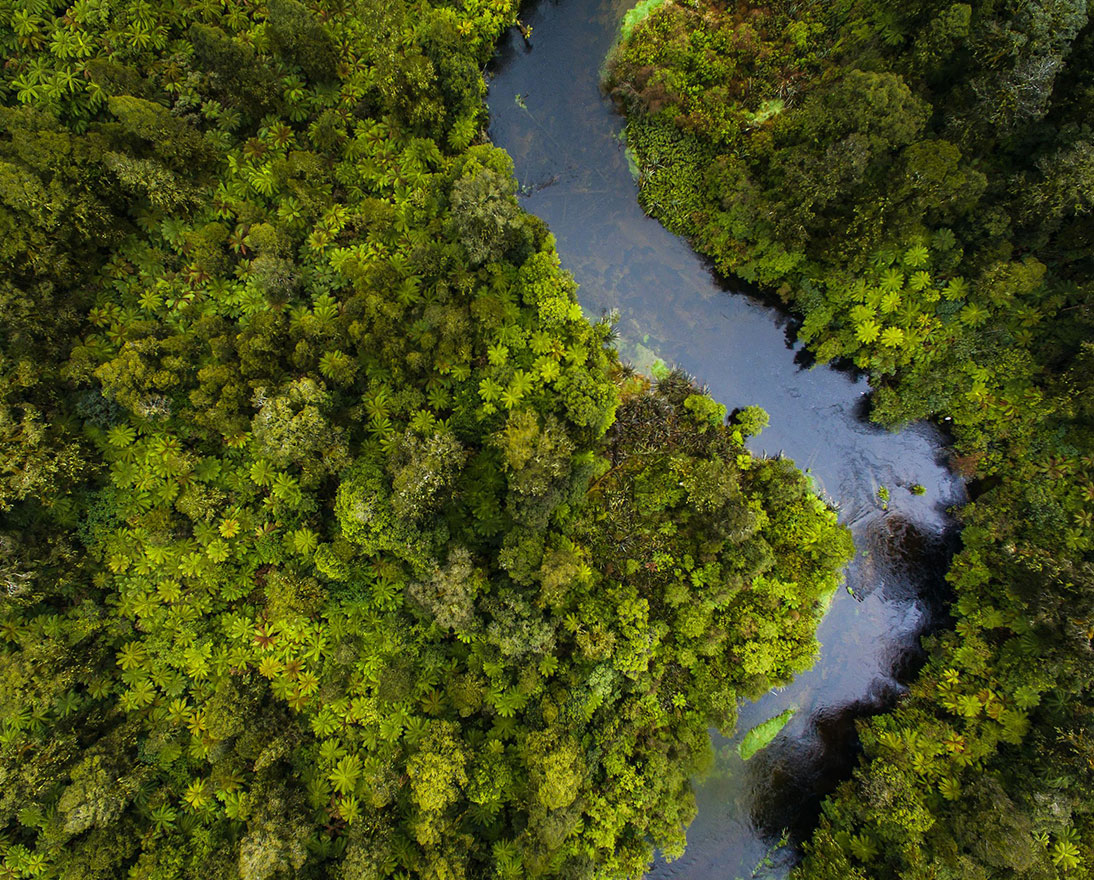
Risk managers round the corner with strategies for a circular economy
Experts discussied the impact of a circular economy on risk management during our joint webinar hosted by FERMA.
Creating a circular economy that emphasizes the use of sustainable products and regeneration of natural resources calls for risk managers to play a big role in helping their organizations adapt to the new approach.
Experts discussing the impact of a circular economy on risk management during our joint webinar hosted by FERMA agreed that the time is right to move away from a linear-shaped model that operates as a “take, make, waste” style of producing goods to one that emphasizes sustainability, recycling and environmental responsibility.
“We find ourselves at a critical point in time where the urgent need for mitigating climate change and fostering sustainability have become paramount. The circular economy offers a solution to these challenges,” said Valentina Paduano, who chairs FERMA’s sustainability committee and moderated the session. “The circular approach emphasizes the importance of reducing waste, maximizing resource efficiency and embracing a holistic view of production and consumption,” she added.
“Risk managers play a crucial role in helping their organizations understand the circular economy and its potential implications,” Paduano said. “They are instrumental in helping their organizations navigate the complexities of new business models, materials and technologies.”
“We are at an inflection point as an industry,” Scott Toland, Chief Underwriting Officer EMEA at Zurich Insurance Company, said of insurers. “We are being challenged to look at things creatively, stay relevant and provide solutions to our customers.”
Why create a circular economy?
Penny Seach, Group Chief Underwriting Officer at Zurich Insurance Company, defined a circular economy as an economic system that is designed to minimize waste and maximize the use of resources. “The ultimate goal is to create a sustainable and regenerative system that will benefit both the environment and the economy,” she said.
The traditional model of taking materials from the earth, making products and then discarding them is doomed, Seach said. “We know that this cannot work in the long term because our resources are finite.”
Such a “take, make, waste” system has to be reformed into one that eliminates waste and pollution in the manufacture and distribution of recyclable and biodegradable products and materials, with a focus on regenerating nature as part of the process, Seach said.
A healthier planet
A circular economy will spur the growth of prosperity and jobs while increasing and improving resilience, Seach said. And, by cutting greenhouse emissions and pollution, it will tackle climate change concerns.
“A circular economy can help mitigate big problems and global challenges, including the climate crisis,” agreed Pavlina Pavlova, research associate at the University of Applied Sciences & Arts Northwestern Switzerland. Cutting greenhouse gas emissions through circular economy practices can help reduce the global temperature to a level 1.5 degrees warmer than pre-industrial times, an aim of the Paris Climate Accords that is now widely seen as unreachable, she said.
Understanding and managing the risks
Risk managers have an important role in helping their organizations address the risk and liability implications of developing a circular business model, Seach said.
The first step is to understand and analyze operational processes, looking at the product life cycle and identifying areas where waste can be reduced and products can be reused or recycled, she said. Risk managers should also be involved in exploring new technologies and approaches while collaborating with suppliers, customers and other external stakeholders.
“Early engagement with insurers, we believe, is essential,” Seach said. “There will be big changes to products and business models and this requires a close relationship with both insurers and the supply chain. Ensure that your insurers are aware of the changes, understand the exposure and are willing to work with you on risk transfer products or to provide risk management services as you are transitioning.”
Circular models already in place
Innovative work is being done by companies that have embraced a circular mindset, according to Pavlova.
One company, for example, produces a running shoe created with beans and sold on a subscription basis that allows customers to replace them when they are completely worn out. Other companies share equipment through a common platform. And, a Switzerland-based company is one of the best examples of recycling through its work to produce stylish bags from used truck tarps, Pavlova said.
In Zurich, a company that adopted a vertical farming system illustrates the principle of regeneration within a circular economy, Pavlova pointed out. The operation has greatly increased its efficiency while reducing transportation costs and greenhouse gas emissions. The farming system maximizes the use of fresh water, nutrients and energy while using no pesticides and producing no waste.
While such innovative work can create new risks, the process to identify, assess, mitigate and monitor the risks remains the same, said Jelena Buha, Global Practices Leader Liability at Zurich Insurance Company. Because risk managers are well-equipped to take on such challenges, “hopefully, we will easily adapt to the circular economy,” she said.
Buha cautioned that managing unfamiliar risks related to products and services developed within a circular business model could take longer than under a linear structure. “But the risk management principles remain the same,” she stressed.
Risks might appear during the design or redesign of a process or product that are similar to those within a linear framework, Buha noted. “We need to have a business case to start with, which is associated with certain costs,” she pointed out. “Then we have to think of the safety risks; for example, is recycled plastic good enough for our product?”
Regulatory issues that might arise from scaling up operations have to be considered as well, Buha advised. And, there are risks that include those related to product ownership, an organization’s reputation and trustworthiness, its supply chain, data vulnerability and others.
Mitigation of some of the risks can be as simple as using natural materials that are toxin free and reusable in other processes when they come to the end of their natural lives, Buha noted. “Choose materials in a careful way,” she cautioned.
Other mitigation measures include making sure renewable energy supplies are available and secure, providing safe working conditions, properly managing environmental impacts and building up stakeholder trust, according to Buha.
Regulations address product longevity
Among the regulatory concerns for risk managers are provisions within the Product Liability Directive that potentially extend a company’s financial responsibility to all defective products, Toland pointed out. In addition, the directive extends liability from 10 to 15 years on latent product exposure and includes language that could consider psychological harm as grounds for damages, he said.
“As the potential product life extends, the law is also moving to allow a longer period of time that third parties can bring legal action,” Toland said.
The EU’s right to repair directive is another regulatory directive that risk managers should be familiar with in the transition to a circular business model, Toland said. It requires companies in certain sectors to ensure that their products can be repaired rather than replaced for a determined amount of time.
“You have to think about how your products are designed and manufactured as well as the availability of spare parts to repair older items,” Toland said. “This can change the considerations you have in your supply chain and, in some instances, you will have to reengineer and redesign your products completely.”
Coverage questions remain
Insurance coverage and liability questions will arise as well, Toland said.
“Where does liability actually reside if the sneakers are not owned by the individual?” he asked, referring to the example of a subscription-based use of running shoes. “It also becomes a lifestyle and experience choice, which changes the way you think about how your insurance responds.”
And, Toland noted, if products don’t last as long as promised, will manufacturers’ insurers respond with extended protection? Risk managers should also understand how returned merchandise will be handled and the environmental ramifications of disposing or recycling the products, he said.
When products are made from recycled materials, the process often requires high temperatures, which can heighten fire risks, Toland said. “Also, the more you recycle products, the more the quality of the material is degraded, not to mention the potential chemical exposure that can be released in the process. How do we assure from a product liability, workers injury, environmental liability and property perspective whether you are covered appropriately?”
The sharing economy presents insurers with additional issues, according to Toland. “There are of course challenges that arise when an item is used by many people with varying degrees of expertise and care,” he said.
An “insurance lens” should be focused on the entire process of operating within a circular economy, Toland added, and there is a need for close collaboration among risk managers, brokers and insurers during the process of transitioning to a new model and providing support for it.



